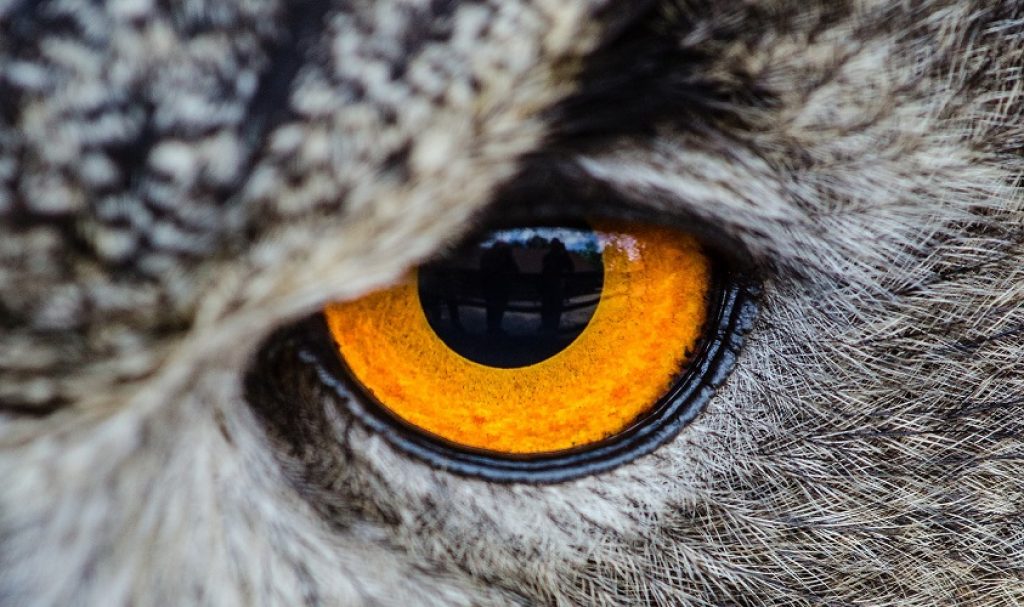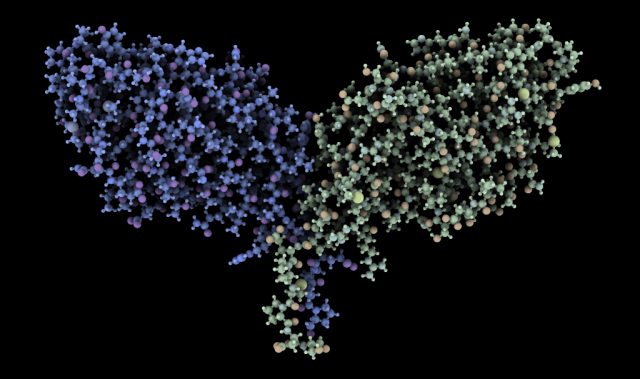
AsianScientist (Oct. 29, 2019) – Mice that can see infrared light are now a reality, according to research by an international team of scientists. The findings are published in the journal Cell.
Mammals cannot see light in the infrared range of the electromagnetic spectrum, which consists of radiation over 700 nm in wavelength. This limitation is due to the physical thermodynamic properties of the photon-detecting opsins, a type of pigment in mammals’ eyes.
In this study, researchers at the University of Science and Technology of China, with collaborators in the US, have developed nanoparticles that gave mice near-infrared (NIR) vision. Injected into the eyes, the photoreceptor-binding upconversion nanoparticles allowed the rodents to see in the dark.
Essentially, the nanoparticles converted infrared light into green light, allowing the retinas of mice to register images in NIR the same way infrared goggles do. To confirm that the mice could indeed see in the dark, the researchers studied their behavior and physiological reactions.
The team observed that the mice’s pupils constricted when exposed to low-power NIR light. In contrast, the pupils of a control group of mice pupils did not react at all to the NIR light.
The researchers also used single-photoreceptor recordings, electroretinograms, cortical recordings and visual behavioral tests to confirm that the mice could see in the dark.
“We demonstrated that mice with these nanoparticles could not only perceive NIR light but also see NIR light patterns,” the team explained.
Importantly, the particles did not interfere with normal daylight vision. The scientists said the injections lasted about ten weeks and showed no signs of having any adverse side effects on the mice. They envision a variety of applications in humans, including using the nanoparticles to correct color blindness, and for military purposes.
The article can be found at: Ma et al. (2019) Mammalian Near-Infrared Image Vision through Injectable and Self-Powered Retinal Nanoantennae.
———
Source: Chinese Academy of Sciences; Photo: Pixabay.
Disclaimer: This article does not necessarily reflect the views of AsianScientist or its staff.












